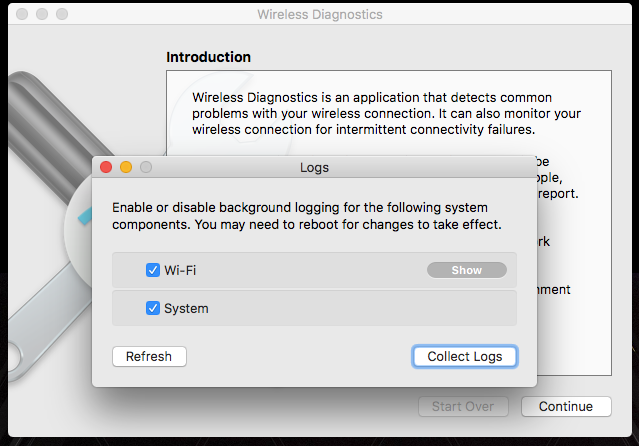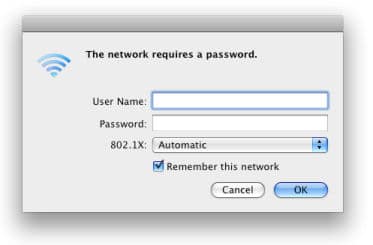Bootable DVD DL for Mac OS X 10.13 High Sierra Full OS Install Reinstall Recovery Upgrade. 4.1 out of 5 stars 50. Current Version: 1.0 (October 28, 2003) / 1.1.3 (November 14, 2006) / 2.1.6 (May 12, 2009) X11 for Mac OS X - from Apple itself - offers a complete X Window System implementation for running X11-based applications on Mac OS X 10.3 Panther (users of prior versions of Mac OS X should use XFree86, and Tiger users have the latest version on their. Mac OS Category: Series: Driver Type: OS: Download. Driver does not exist. What's new Go Jul. 2020 Discontinue supporting Windows7Server20082008R2. Mac OS X 10.8 (Mountain Lion) is required for iTunes 12.3 and iOS 9.2 and iOS 9.2.1(except iCloud Drive, and the new notes). Does not support iOS 10 or iTunes 12.5.1 according to the Wikipedia below. Does not support iOS 10 or iTunes 12.5.1 according to the Wikipedia below. Explore the world of Mac. Check out MacBook Pro, MacBook Air, iMac, Mac mini, and more. Visit the Apple site to learn, buy, and get support.
Prelude
The introduction of Mac OS X on March 24th, 2001 was the fulfillment of a promise made over a decade earlier—a promise to Mac users that they would get a brand new operating system, and that it would be insanely great.
The mere existence of an actual shipping product let millions of Mac users breathe a sigh of relief. But when the dust settled, the software itself appeared less than great in many areas, and seemingly insane in others. The honeymoon was over before it even began.
My personal experience with Mac OS X has been rocky. I installed Mac OS X on my Mac at work, a dual G4 450MHz with 256MB RAM, as soon as version 10.0 shipped. But on my home machine, a blue and white G3 400MHz, I stuck with Mac OS 9. I did this for several reasons.
Radius 1 Mac Os Download
First, not all of my hardware was supported in Mac OS X, including (most importantly) my printer. Second, many of the applications I use every day did not have native OS X versions. Third, and perhaps most troublingly, I still felt a lot more productive and happy in the Mac OS 9 user interface. This was partially due to the sluggish performance of the OS X interface on my G3/400 (a problem in its own right), but it was also because I could not set up the OS X user interface to suit my needs the way Mac OS 9 did.
So that's how I've lived for the past six months: spending 40 hours a week using Mac OS X, following it through four updates to version 10.0.4, and then coming home to my Mac OS 9 system. Coming home to Mac OS 9 often felt like coming back to an old friend. My G3/400 felt like a speed deamon, as I scrolled through my email messages, pulled down menus, and launched applications at speeds that made my 'faster' dual G4/450 at work seem positively moribund.

 Advertisement
Advertisement On the other hand, the uptime on my Mac at work, which I left on 24 hours a day, was roughly equivalent to the the time between OS updates from Apple (excluding hardware upgrades). I had a total of five system crashes (all of them user interface deaths; no kernel panics), most of them in version 10.0 through 10.0.2.
And so the platforms dueled: stability vs. ease of use; a pretty interface vs. a responsive one; a full suite of Unix tools and services vs. good hardware support and a wide selection of applications. For the most part, things came down on the side of Mac OS 9 for me. Despite the particular features that made it a good fit for my work environment, Mac OS X was still too slow, too awkward, too resource intensive, and too 'unfinished' for me to accept as my 'new Mac OS.'
Many Mac users felt the same way. Some didn't even want to think about Mac OS X until some point in the future--after they'd purchased new hardware, or when the OS matured some more. While the early adopters frolicked, and the part-time geeks experimented with occasional trips into the world of Aqua, the rest of the Mac community waited.
Despite spending five days a week using OS X, I felt like I was waiting with them. Many of OS X's problems were acknowledged by Apple, but some were not. On Apple-run mailing lists, signals crossed and tempers flared on issues ranging from the Dock to the color, shape, and position of the window widgets. Confusion and uncertainty reigned.
But Mac users are nothing if not patient. For the faithful, hope springs eternal in the skies above Cupertino. Mac OS X 10.0.x was not the OS I had hoped it would be, and yet I can see the end of the road for classic Mac OS fast approaching. I want to like Mac OS X. I want to love it. I want it to sweep away any memory of classic Mac OS.
Radius 1 Mac Os Pro
Like Mac users everywhere, I want to believe.
Radius 1 Mac Os X
Illustration: John McCoy